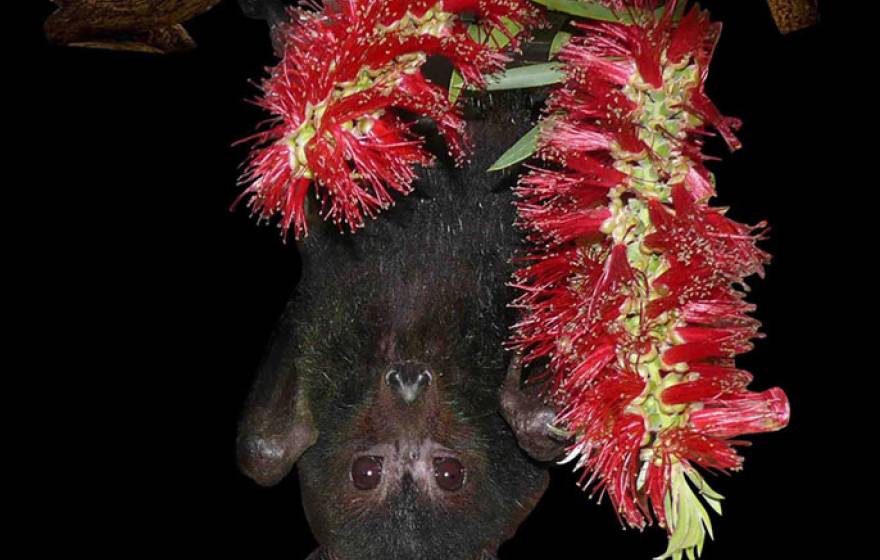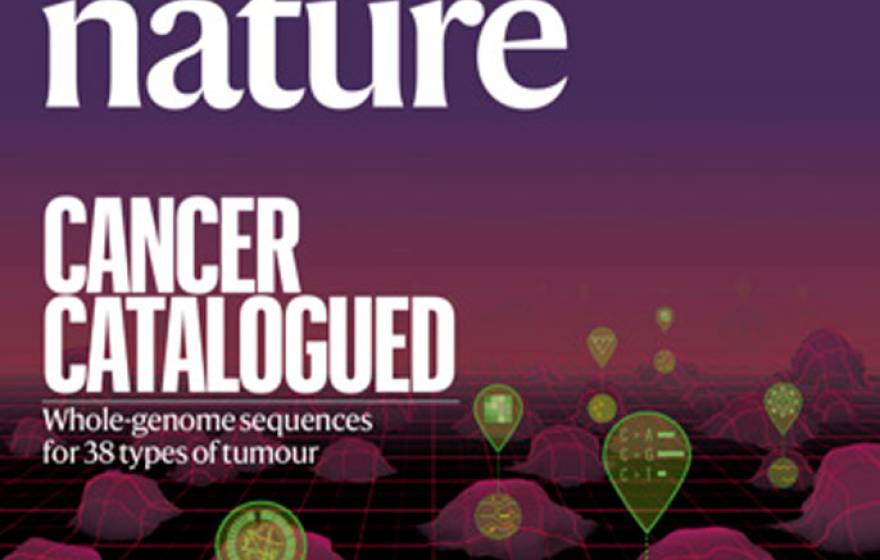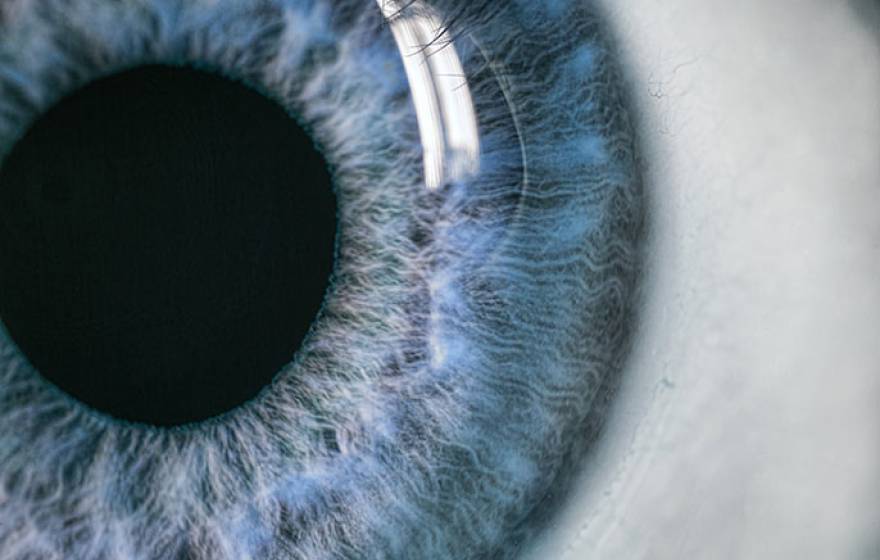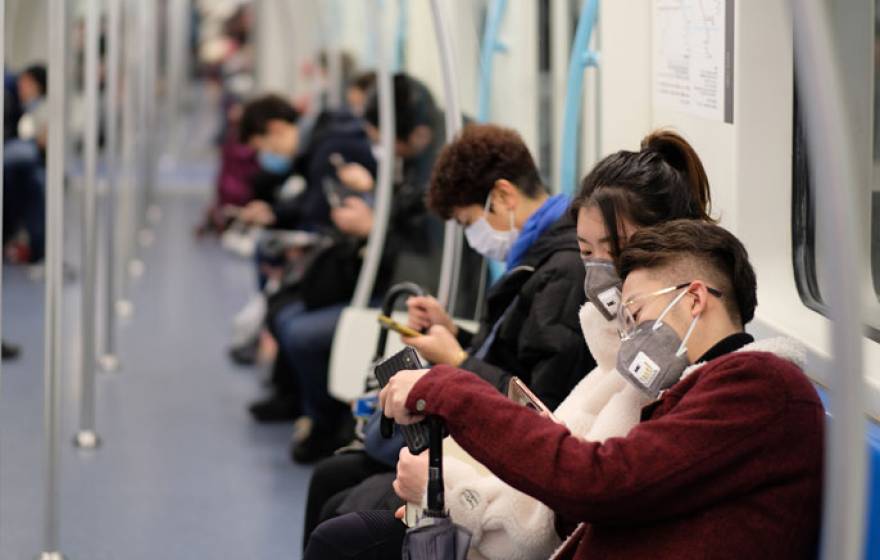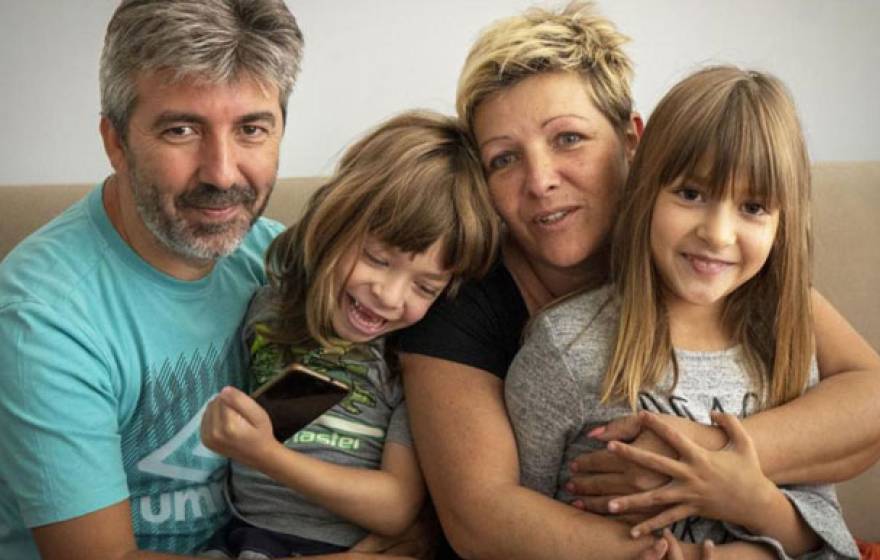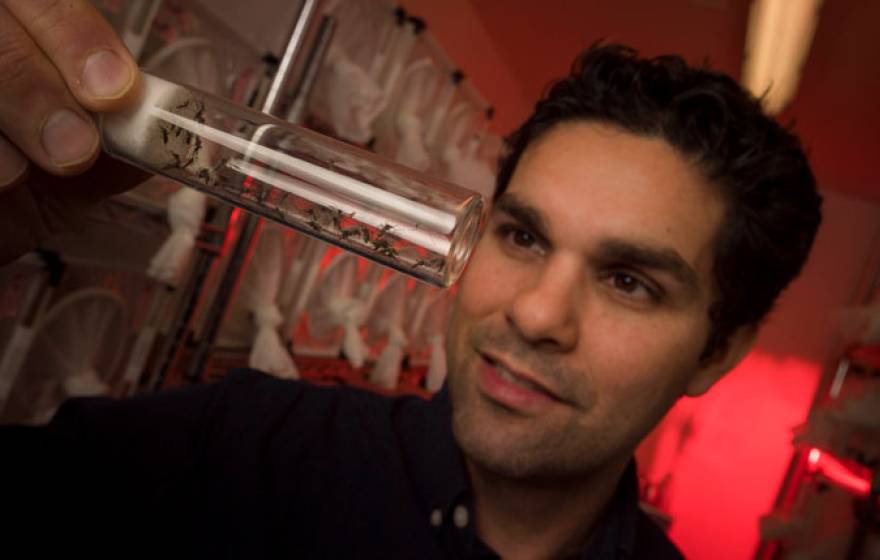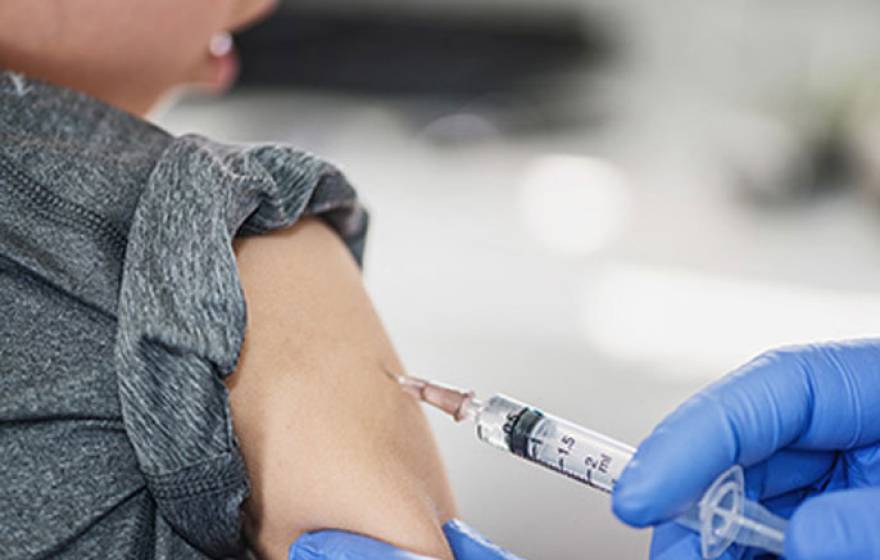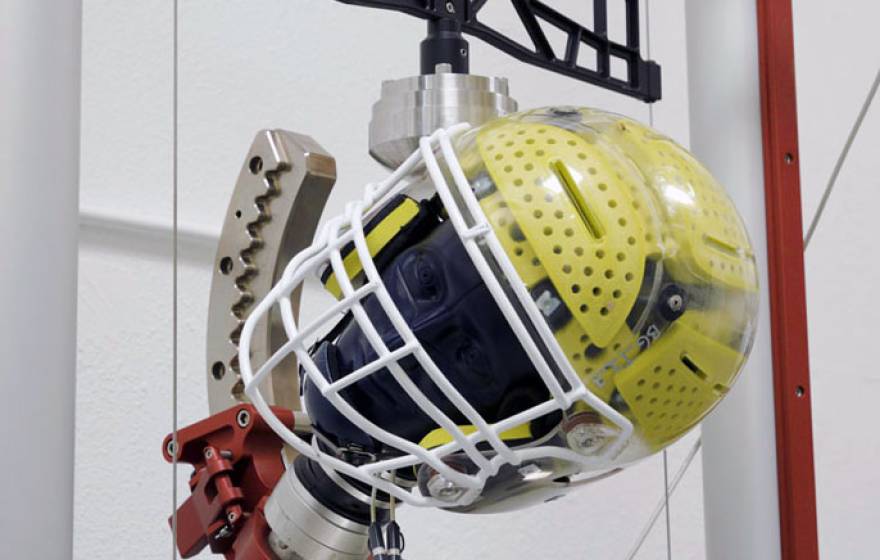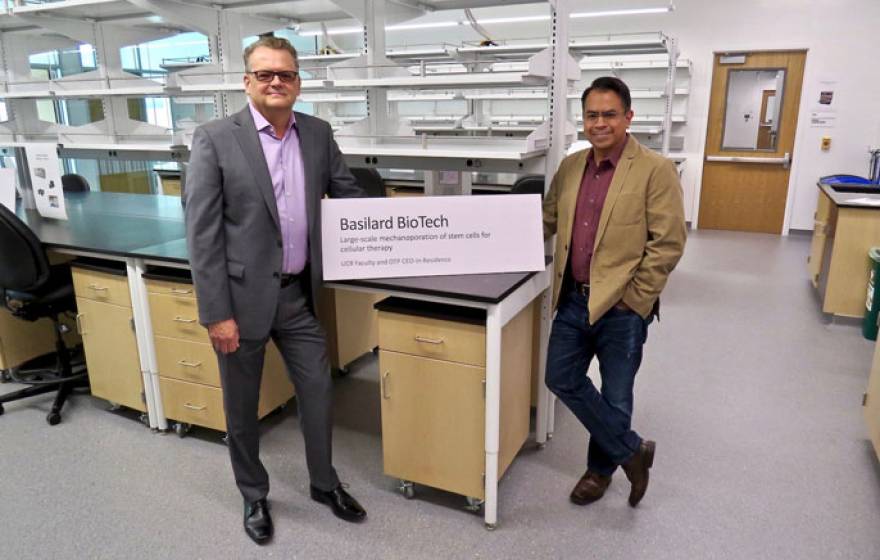Bat immune systems can be so fierce that they drive viruses to a virulence that proves deadly for humans.
Most comprehensive study of whole cancer genomes completed
The Pan-Cancer Project discovers causes of unexplained cancers and zeros in on mechanisms of development.
Agricultural area residents in danger of inhaling toxic aerosols
Overuse of selenium-heavy fertilizers creates airborne, lung-damaging particles.
Putting the ‘lazy eye’ to work
New research on how amblyopia actually works could lead to better treatments that improve 3-D vision.
As mysterious coronavirus spreads, an infectious disease expert explains what you should know
Infectious disease expert Dr. Charles Chiu talks about the origins of the Wuhan virus and explains the public health risks.
Spreading hope and healing for fragile X syndrome
Doctors offer families support in a region of the world just beginning to recognize let alone treat the condition.
The mosquito that repels the dengue virus
An international team of scientists has synthetically engineered mosquitoes that halt dengue virus transmission.
America’s most widely consumed cooking oil causes genetic changes in the brain
Soybean oil is linked to metabolic and neurological changes in mice in new research.
Single-payer systems likely to save money in US, analysis finds
Lower administrative and drug costs would be main drivers of cost savings, new study says.
A better flu shot could be on the horizon
Biomolecular engineer Rebecca DuBois is collaborating on a large NIH project to create a universal vaccine for influenza.
New helmet design can deal with sports’ twists and turns
UC Berkeley neurologist Robert Knight has designed a helmet that can absorb blows today's helmets don't protect against.
Putting gene therapy in reach
A disruptive new technology could bring cellular engineering and its lifesaving potential to more people.
